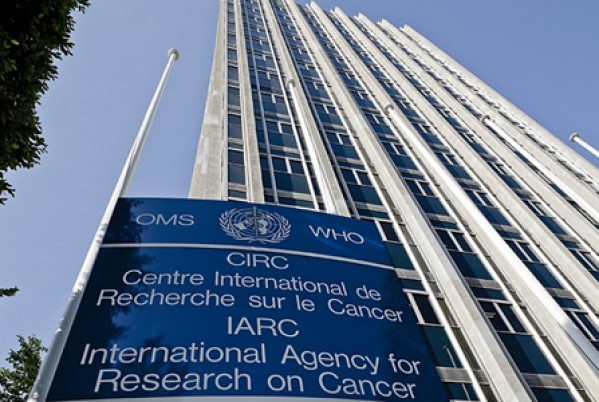Just because you’re paranoid doesn’t mean they’re not out to get you.
A generation or two ago, people spoke this line with a smile. It appears as though some folks didn’t get the joke—and that today some of them have gone to work for the International Agency for Research on Cancer (IARC).
That’s because the IARC is about to issue another one of its ridiculous reports on carcinogens—and it’s most likely going to say that one of the safest crop-protection products ever made is a “probable” cause of cancer in people.
Don’t believe the hype. This French-based agency of the United Nations thinks that just about everything is a potential carcinogen. In its 50-year history, it has tried to determine the carcinogenic effects of nearly 1,000 different agents—everything from asbestos to x-rays.
In the abstract, this sounds like a useful exercise. We need good scientific research on the causes of cancer.
In practice, however, the IARC has produced a confusing jumble of misinformation. Consider how many times in its half-century of existence the IARC has given a clean bill of health to one of the substances it has studied.
Just once.
This means the IARC will declare any agent it studies to be non-carcinogenic about one-tenth of one percent of the time. The other 99.9 percent of the time, the agents it studies fall into one of several categories.
The female hormone estrogen? It’s “carcinogenic,” without qualification. Sunlight? Also definitely carcinogenic.
Frying food? It’s “probably carcinogenic.”
Coffee and picked vegetables? They’re “possibly carcinogenic.”
So women who walk down the street on a nice day to buy coffee or French fries apparently take a death-defying risk.
The IARC labels a fourth category as “not classifiable as to its carcinogenicity.” This means the IARC won’t say for sure that something is carcinogenic, but neither will it rule out the possibility.
Fluorescent lighting falls into this group. The IARC refuses to make the positive statement that the overhead lights in your office aren’t killing you slowly.
This is the precautionary principle on steroids (which are “probably carcinogenic,” by the way).
The only substance that the IARC ever has labeled “probably not carcinogenic to humans” is something called caprolactam. It helps make a type of nylon.
On June 9, the IARC will issue a formal announcement on a popular and effective herbicide with an odd name: “2,4-D.” You already know the odds that they will determine that 2,4-D is a certifiably safe product: a tiny fraction of a percentage point.
IARC has not conducted new research. It never does. Instead it just looks at data produced by others and issues a novel interpretation. It doesn’t care about whether it contradicts a well-established consensus.
How safe is 2,4-D? It’s one of the most common herbicides on the planet. Your grandmother puts it in her garden. You spread it on your lawn, perhaps as recently as this week.
I started using it on my farm decades ago. I haven’t recently, as different products ideal for treating my specific weed challenges have come along. Yet some farmers believe that 2,4-D may be newly viable in combination with other forms of herbicide—perhaps confirming the old adage that everything old is new again. We should encourage them to try rather than alarm them with propaganda.
The fundamental problem with IARC’s approach is that just about anything can be said to cause cancer—but only when people are exposed to unrealistically massive doses of it. That’s how coffee winds up on the IARC’s danger list. A cup or two of coffee each day is harmless. It may even be good for you, according to some medical data. But filling a Gatorade cooler with coffee and drinking its contents at every meal is probably a mistake.
So is taking a bath in 2,4-D. But who does that? We shouldn’t let implausible scenarios or circumstances frighten us away from the conventional use of safe products.
In the battle to feed the world, farmers must fight weeds with science. That’s hard enough. Now it looks like the IARC is out to get us as well.
Bill Horan grows corn, soybeans and other grains with his brother on a family farm based in North Central Iowa. Bill volunteers as a board member and serves as Chairman for Truth About Trade & Technology (www.truthabouttrade.org).
Follow us: @TruthAboutTrade and @World_Farmers on Twitter | Truth About Trade & Technology on Facebook.

